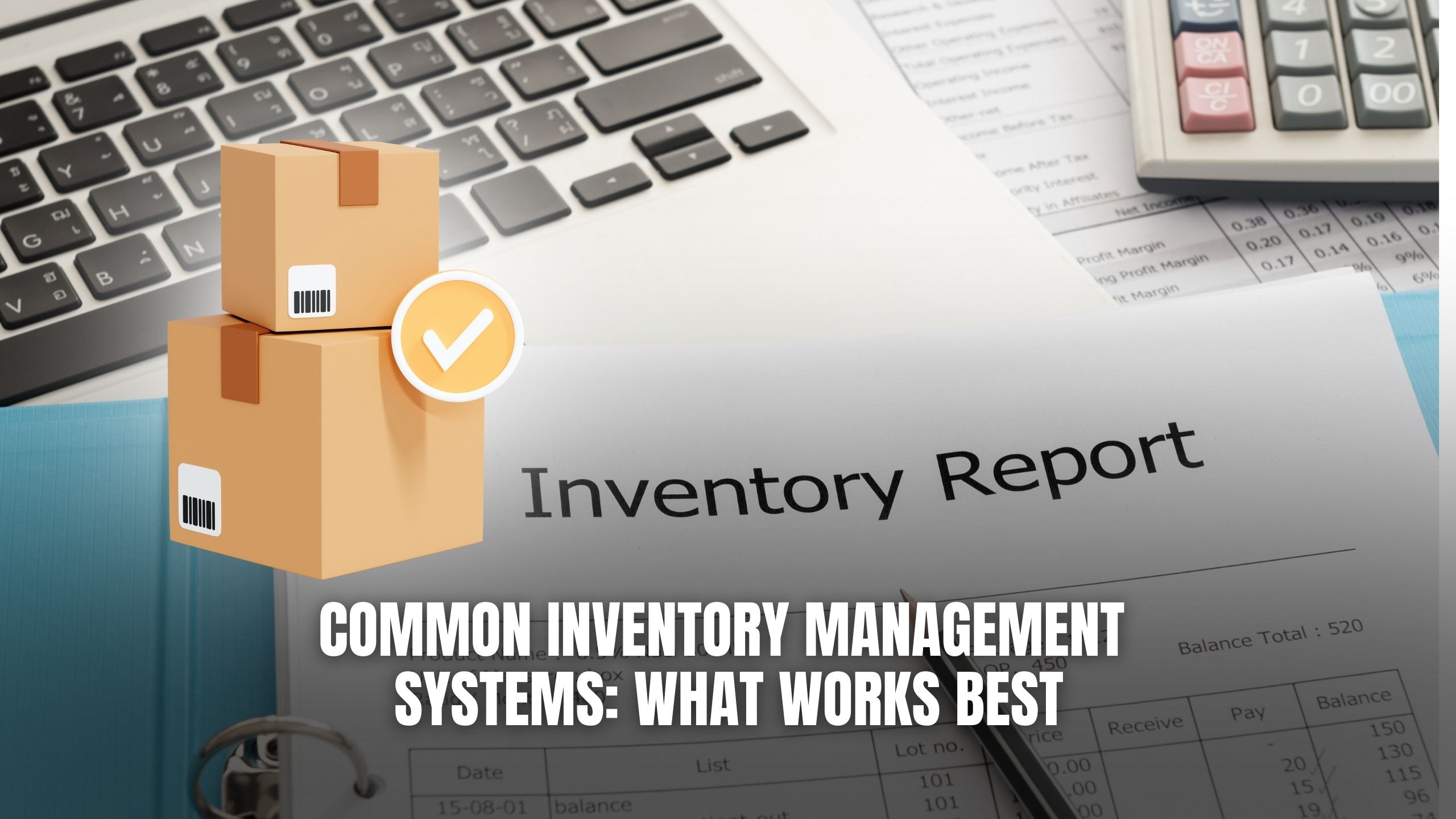Common Inventory Management Systems: What Works Best
- Expense Management Software Credit Cards Investing Business Solutions


Common Inventory Management Systems: What Works Best
Inventory management systems are crucial for businesses to track and control their stock levels efficiently. In this article, we’ll explore some of the most common inventory management systems and discuss which ones work best for different types of businesses.
1. ABC Inventory Management
ABC inventory management categorizes inventory items based on their value and usage frequency. It prioritizes high-value items and ensures optimal stocking levels, reducing storage costs and minimizing stockouts. For example, a jewelry store might apply ABC analysis to categorize diamonds as high-value items and prioritize their inventory management accordingly.
2. Just-in-Time (JIT) Inventory System
JIT inventory system minimizes inventory holding costs by ordering and receiving inventory only when needed for production or sales. It reduces excess inventory and associated carrying costs while improving cash flow management. An automotive manufacturer may implement JIT to receive raw materials just in time for assembly, minimizing storage space and inventory holding costs.
3. Vendor Managed Inventory (VMI)
VMI allows suppliers to monitor and manage inventory levels at customer locations. It streamlines the replenishment process, reduces stockouts, and fosters closer collaboration between suppliers and customers. For instance, a retail chain may opt for VMI with its key suppliers to ensure timely replenishment of popular products on store shelves.
4. Perpetual Inventory System
Perpetual inventory system continuously tracks inventory levels in real-time, providing accurate and up-to-date information on stock availability. It enables businesses to make informed decisions, reduce discrepancies, and improve inventory accuracy. A warehouse logistics company may utilize a perpetual inventory system to track the movement of goods in and out of its facilities, ensuring efficient stock management.
5. RFID Inventory Tracking
RFID inventory tracking uses radio frequency identification technology to track and manage inventory items. It provides real-time visibility into inventory movements, enhances inventory accuracy, and improves efficiency in warehouse operations. An apparel retailer might employ RFID tags on clothing items to monitor their movement from the warehouse to the store floor, minimizing stockouts and theft.
Relevant SaaS Products:
- QuickBooks Online: Cloud-based accounting software with integrated inventory management capabilities, suitable for small businesses and entrepreneurs.
- Fishbowl Inventory: Inventory management solution designed for small to midsize businesses, offering advanced features like barcoding and multi-location tracking.
- Zoho Inventory: Integrated inventory management software with invoicing and order management capabilities, suitable for small businesses and e-commerce sellers.
- ShipBob: E-commerce fulfillment service providing inventory management, order fulfillment, and shipping solutions to streamline operations.
- SKULabs: Multi-channel inventory management software with order fulfillment and shipping integration, ideal for e-commerce businesses selling across multiple platforms.
Conclusion
Selecting the right inventory management system depends on various factors such as business size, industry, and specific requirements. Whether you prioritize cost-effectiveness, real-time tracking, or supplier collaboration, there’s a suitable solution available to meet your needs.
Streamline Your Inventory Management with Subscribed.fyi!
Ready to optimize your inventory management processes? Unlock exclusive deals on top inventory management SaaS tools with Subscribed.fyi. Sign up for free today and start saving on tools that can help you track and control your inventory efficiently. Sign up now!
Relevant Links:











